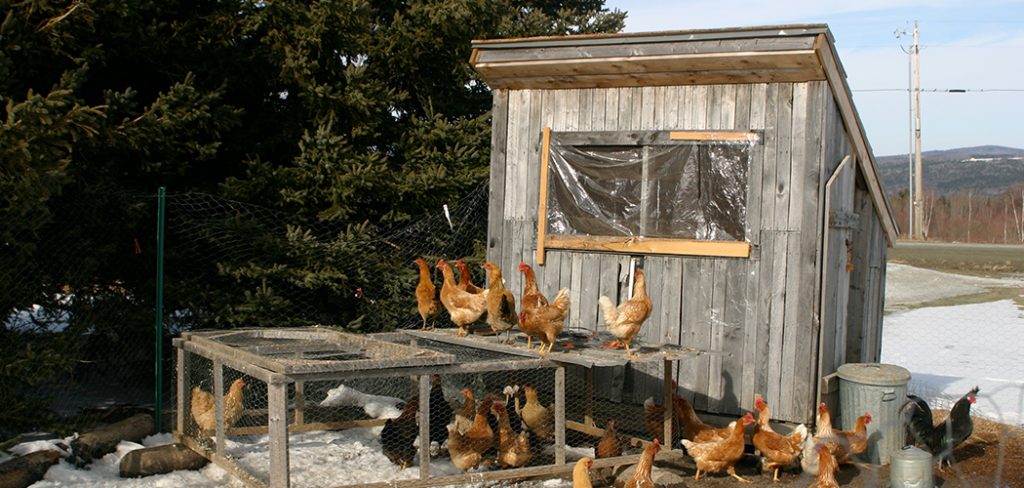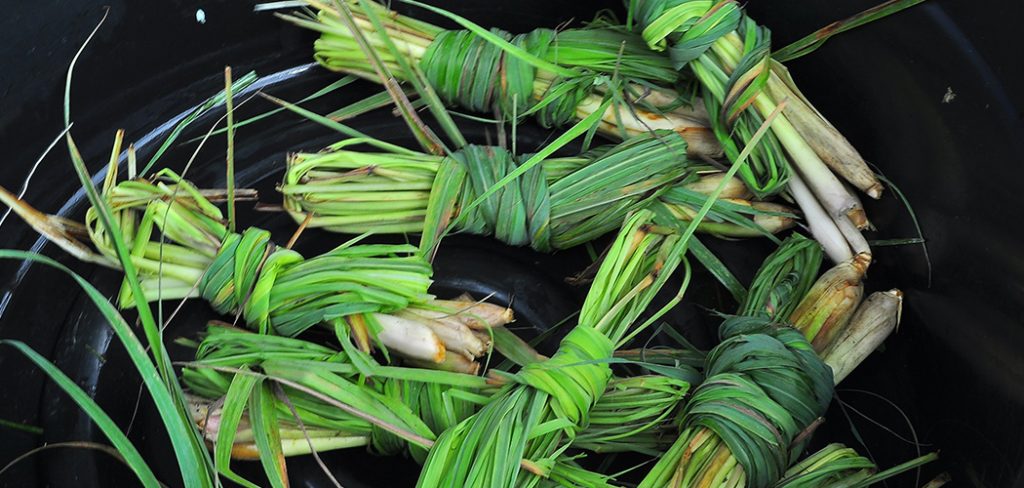Filipendula ulmaria or commonly known as meadowsweet or Queen of the Meadow will stand out as a special flower in our article. Known also by many other names. But we will not delve into the etymology. Although, it is worthy to mention here in our list of plants that start with ‘Q’, that it is also called ‘bridewort’. Strewn in churches for festivals and weddings, it is often made into a bridal garland. In Europe, where it took its name “queen of the meadow” for the way it can dominate a low-lying, damp meadow.
1. Quince, plants that start with ‘Q’ that bears fruit.
Quince fruit has many benefits that’s why there are a lot of recipes for them. Almost every garden plot owner wants his garden to be not only beautiful but also unusual. That is why gardeners have recently begun to grow not only the popular apple and pear trees but also exotic plants such as the beautiful shrub called the Japanese quince or genome.
This unusual tree, with incredible beauty and aroma, will not leave anyone indifferent during flowering. Despite the fact that the Japanese quince is an exotic plant, it survives well and grows in many regions of our country. Even inexperienced gardeners will be able to plant and grow quince.
Propagating Quince :
In the first year after planting it Quine, it needs regular watering. When dry summers arrive, monitoring of soil moisture s important. So that it retains moisture around the young Quince, it should be covered with a layer of 3-5 cm of soil.
In the first two years after planting, and should be done during spring, using a nitrogen fertilizer and slurry for the young plants is suitable. And using fertilizers with potash and phosphorus should be done in autumn. This is the safest and easiest way to reproduce quince.
By late February to early March, in the prepared soil mixture, large brown seeds should be planted. After six weeks the seedlings dive into special seedling cups. In May or June, growing seedlings in the ground can be planted. Young seedlings require protection from frost the first winter.
Quince should be planted in the open ground only in the spring of the following year if this is not possible. Japanese quince, which is not difficult to care for, can be planted as a single plant. In small groups or along the edge of a garden path, forming a hedge of it. Quince fruit benefits give many different biologically active substances and a whole complex of vitamins.
If you want to know how to plant fruit trees in your backyard, read on from my post here.
2. Queen of the Meadow
Gardeners are very fond of the Queen of the Meadow herb because of the spectacular fragrant inflorescences, unpretentiousness in care, and the presence of medicinal properties. The root system is tuberous. The stems are strong, erect, reaching a maximum height of 1 meter. Tiles separated by fingers are soft to the touch, rich green color, and the veins give decoration.
Flowering meadowsweet begins in May and lasts almost until late summer. Above the surface of the bush, airy scented caps rise. The panicked inflorescence consists of very small snow-white flowers or various shades of pink. They look unconscious, weightless. It attracts bees and butterflies in the garden because of its aroma of vanilla-honey. On the contrary, it disturbs the annoying flies, flying horses, mosquitoes – another plus in the cultivation of the plant.
How to Care for Your Queen of the Meadow :
To enjoy the lush flowering it should be watered, occasionally fed in the garden. Short-term drought will be tolerated with meadowsweet peacefully, but still, this culture is moisture-killing. Water regularly, quite abundantly. Periodically loosen the soil and remove weeds.
Benefits and Therapeutic Uses of Queen of the Meadow :
Medicinal properties that are believed to be in the plant :
- an anti-inflammatory, antiseptic
- diaphoretic diuretic, hemostatic, sanative, stomachic, and tonic
- a valuable herbal remedy for diarrhea and acidic stomach.
- used as a natural treatment for pain and to reduce fever
- helps get rid of headaches because of the aspirin-like components present in the herb.
3. Quaker ladies
Quaker ladies symbolism is like fantasy or if you ever want to go on an adventure and decide to walk through a wild forest, then you would be surprised how many Quaker ladies flowers have grown there. Even their prevalence will impress you and you will think that it has sent some kind of carpet.
Why These Flowers are Called Quaker Ladies?
We assure you that these flowers form a wonderful addition to your garden, regardless of the etymology and the root of this name.
- It was related to Quaker’s faith, or how those women who practiced this Christian denomination dressed.
- Quaker ladies are small flowers that makeup mounds of blooms. The shape of its tiny flowers resembles the hats that was once worn by Quaker women.
- Known by many other names such as Quaker bonnets, again because of its resemblance to the hat.
- Azure is the most common name for Quaker Ladies.
Quaker ladies come in different colors such as pink, red, and purple. But the most common are bright shades of blue and white. But most often, it is in a yellow dot in the middle. Quaker ladies grow 2.5″ high, and each clump grows horizontally, returning to its base.Gardeners grow them at home, but it is most known to be growing in the wild.
These flowers come from China, but can also be found on islands in the Pacific. But are already present throughout the world. The first bloom of these flowers is in spring, and they also continue to bloom spontaneously throughout the year. So if you want your yard to be covered like a blanket by quaker ladies, then great! You do not have to worry that they will be inactive for a while. These flowers would be of special aesthetic importance for your yard, all year round. Lastly, because of its subtle colors, you can also pair them with some other flowers in your garden.
More Plants that Start with ‘Q’ :
Having looked at all the plants that start with the letter Q, we should note that because this letter is specific and absent in most languages, apparently the science in which it developed in Europe, in particular, did not name the plants with this letter. These are some of the plants that are worth mentioning here: Quesnelia, Quercus, Quaqua, Quamoclit, Quisqualis, Quince of the Meadow, Quaker ladies.

